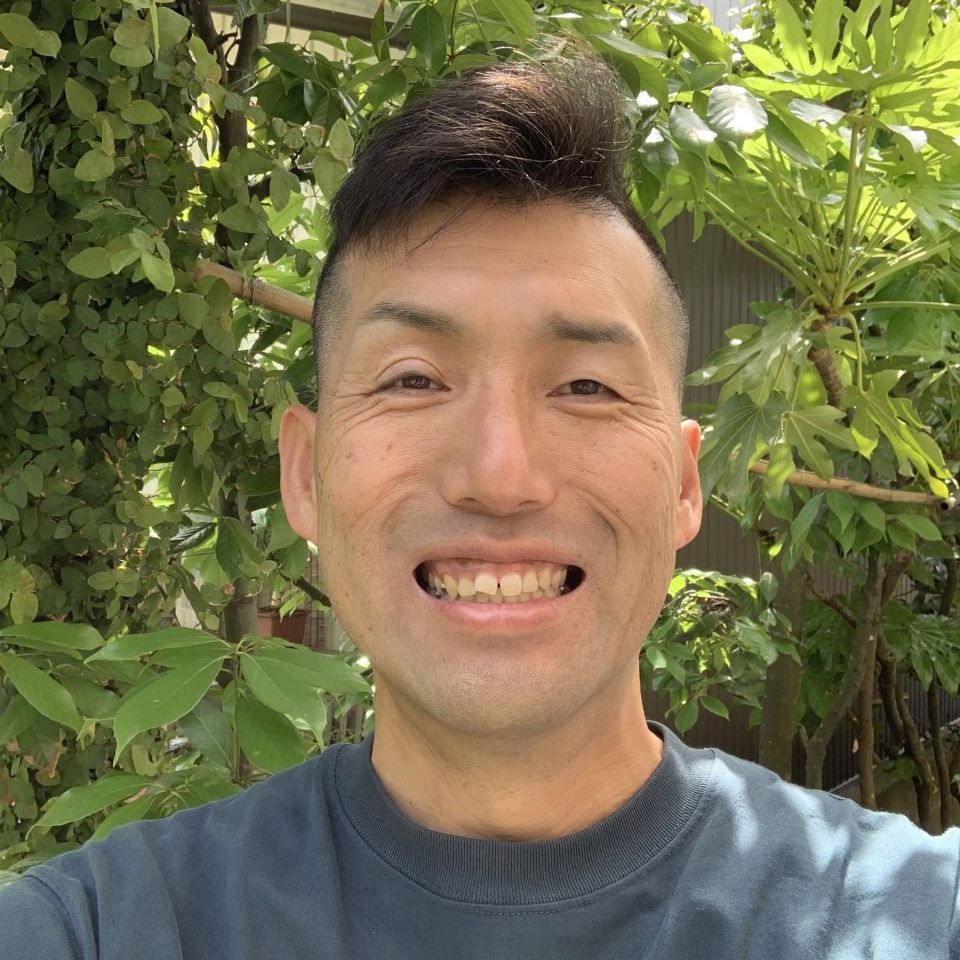Busca entre varios profesores de Inglés...

汉语语法之“了”
Descripción
1. - is used at the end of a sentence to indicate a change and to express a definite tone of voice
2. - The particle "了" can also be used in the structure "要/快/就要/快要 +V/Adj+了" to indicate that the action is about to happen or that the situation is about to change.
3. - The negative adverbs "没有" and "了" cannot occur at the same time. For example, you can either say "我没吃早饭" or "我吃早饭了", not "我没吃早饭了". However, the verbs "没有" and "了" can appear at the same time, e.g.: "我没有钱了."
4.- Some adverbs that emphasise the late occurrence of an action cannot occur at the same time as "了", e.g. "刚、才、刚刚", etc.
5.-Adverbs that indicate that the action occurs frequently and "了" cannot occur at the same time, e.g. "经常、常常、每", etc.
Canal de podcast
Eva Wang的channel ——汉语语法对比合集
Autor
Todos los episodios

#1 Руки не дошли (I haven’t gotten around to it)

#18 ”分かっています”はちょっと失礼?

Made Chinese easy

La Sinfonía de la Vida

Fiesta Mayor...

3. N(place)-에, past tense

ब्रह्मदत्त केकड़ा और सांप की कहानी

Conquista tu Próxima Entrevista: Diálogo Interactivo para Dominar el Español Laboral
Episodios populares

Давай по-русски
#1 Руки не дошли (I haven’t gotten around to it)

洋平先生 N3~N2クラスの生徒へ (^^♪
#18 ”分かっています”はちょっと失礼?

HSK2
Made Chinese easy

AUDIO-ARTÍCULOS (Nivel B2-C1)
La Sinfonía de la Vida

AUDIO-ARTÍCULOS (Nivel B2-C1)
Fiesta Mayor...

Speaking Practice - Beginner
3. N(place)-에, past tense

Stories from Panchatantra
ब्रह्मदत्त केकड़ा और सांप की कहानी

Learn Spanish with Víctor
Conquista tu Próxima Entrevista: Diálogo Interactivo para Dominar el Español Laboral